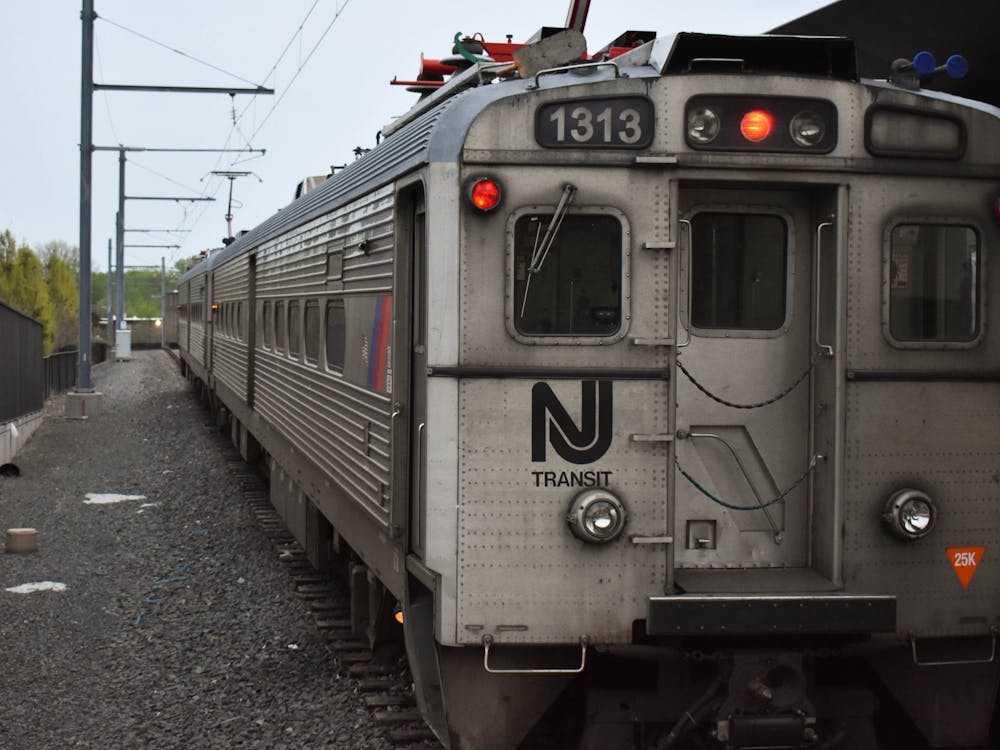The principal justification for its revival, according to junior class president Zach Beecher ’13 and senior class president Lindy Li ’12 in interviews this past week, is to provide a “once-in-a-lifetime event,” bringing the entire Princeton community together for a night with “no passes and no exclusion.” This aim, in theory, is noble. But the student body should be skeptical that a blowout, three-hour long dance will achieve the ambitious goals that class governments have set out for it, or be worth the cost even if it does. There are several reasons why.
For starters, even if the Ball is well attended (which it very well may not be), the sort of conditions that its architects plan to create in Dillon aren’t conducive to “creating student unity,” which all of the class officers I spoke with identified as its foremost goal. Beecher described his vision for the Ball by comparing it to Houseparties: “At the end of that weekend,” he said, “you feel like you’re a lot more connected to the members of your club. We’d like to create that experience for the entire student body.”
But using Houseparties as a model is faulty logic. A significant reason that eating club formals and semi-formals are so much fun is a level of intimacy: No club at Princeton has more than a few hundred members, and even when you factor in out-of-town (or non-member) guests, that number doesn’t climb much above 300 — even for the biggest events on Houseparties weekend. The Orange and Black Ball is bigger by a factor of 10 (or more).
On top of that, Houseparties create unity because of the seated-dinner element: breaking bread with friends whom you might not see otherwise, table hopping, waiting in line to get food, etc. Though this sounds like a simplistic criticism, the Orange and Black Ball will be extraordinarily loud, very crowded and murderously hot (if Beecher’s numbers are right). Lawnparties each fall and spring are so loud that you can barely hear the person next to you while standing outside. In response to this argument, Beecher protested that the Ball will have food and a section for students to “hang out and chat,” but he couldn’t explain why that section won’t be just as loud as the rest of the gym.
Suspending disbelief one degree further, even if the Ball is well attended, and the intermingling that class officers envision occurs, is that benefit really worth the Orange and Black Ball’s tremendous projected cost? The total bill for the evening, according to Beecher and several others, will be approximately $75,000 — though he admitted that there’s “some give in that number — up or down.” To put that number in perspective: The University will spend one-and-a-half times the cost of a full year at Princeton (tuition, room and board, class fees) in approximately four hours.
It would be unfair to criticize the ball without providing any recommendations for how it could be improved. For starters, shelling out $20,000 on Super Mash Bros. and Cheap Thrills (the evening’s two musical acts) is extravagant. An investment of that order of magnitude in a musical act is worthwhile only if the act is a significant draw: Kanye West, B.o.B., Jay-Z, Linkin Park, The Beach Boys, etc. Due respect to Super Mash Bros. — they’re not. If Beecher, et al. had really wanted to have a “genuinely Princeton” event, why not invite major on-campus bands to perform? One member of a prominent Princeton band, who agreed to be interviewed on the condition of anonymity, told me that his group typically charges “around $800” for a full night’s performance. If class governments had hired Funkmaster General, Sensemaya, The Plagiarists, Kid Collision and Shirley and the Tilghmans, they’d have invested roughly one-fourth of their music budget.
Furthermore, instead of having one contiguous three- or four-hour long dance, why not break the event in two: Have an hour-and-a-half of hors d’oeuvres and wine in Dillon with the lights up and smooth jazz playing in the background, and then clear out the gym, roll in a stage and have a two-hour long dance? That’s the model used at the post-Pre-Rade barbecue each fall, which does a better job of facilitating intermingling than any other event I’ve been to in more than three years here.
My intent isn’t to skewer Beecher, Li, class governments or Nassau Hall. An all-school dance is a wonderful idea in theory, and I’ll be thrilled if it’s a success. But $75,000 is, in absolute terms, a tremendous amount of money for an event that could be cynically described as “the OA dance times 20.”

And the Ball does have one significant asset: In an apparent nod to Armistice Day it starts at 11 p.m. on 11/11/11. Celebrating peace is premature, though: We don’t play Yale in football until the next day. And we’re 1-5.
Charlie Metzger is a Wilson School major from Palm Beach, Fla. He can be reached at cmetzger@princeton.edu.








